
O, Grow Up!
Even when space is at a premium in a landscape, on occasion the gardener still has a desire to add more beauty. Alternatively, something is just needed to add depth to the space. Perhaps a space needs shielded for privacy, or there is a need to disguise an unsightly view or shade a nook for relaxing. Look no further than the fine array of spectacular vines.

The Benefits of Annual Flowers in the Home Landscape
While perennials, annuals, and biennials all have a place in the home landscape, nothing beats annuals for season-long bursts of color in a bare space. With careful consideration, matching the plant to the space, these plants can thrive in a multitude of light and soil conditions.
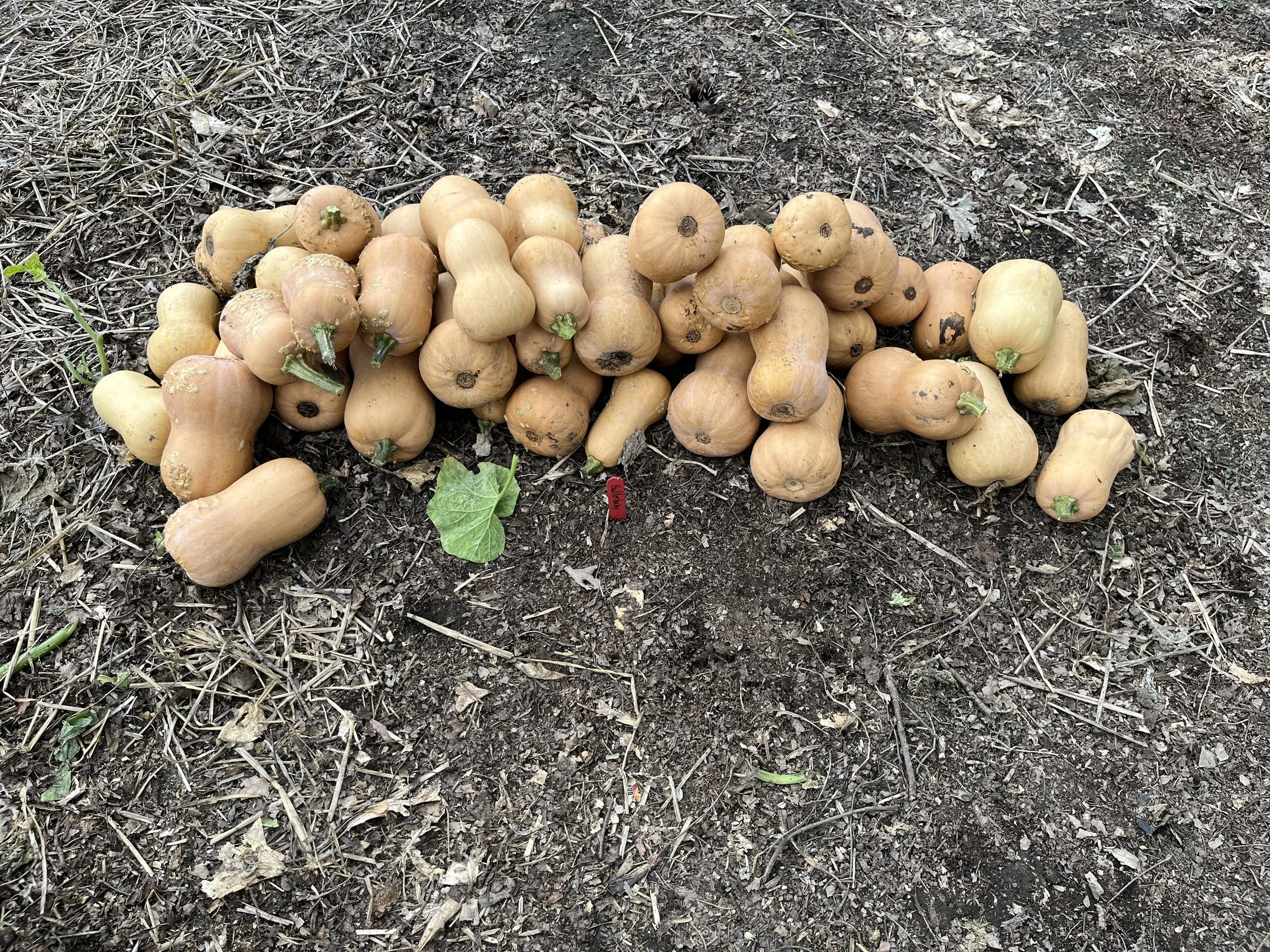
Butternut Squash
Butternut squash is considered by some to be the premier winter squash to grow and eat. The sweet, moist, almost nutty flavor is akin to sweet potatoes, but better. It can be roasted, baked, grilled, stuffed, or eaten raw in salads. It can be mashed, used in stews, baked goods, soups, casseroles, and as a side dish.

Bird of Paradise
With winter winds whipping and temperatures dipping, Wisconsin gardeners are not going to be doing much outside. Indoor gardening is still going strong and will satisfy that urge to work with plants and soil. If space allows and you want to bring a bit of a tropical feel to your environment, consider growing a dramatic, stunning, exotic-looking Bird of Paradise (Strelitzia reginae).

Unruly Native Plants
Native plants are great for many reasons. While time and space do not allow a complete explanation, suffice to say they are the preferred choice in the plant world for ecological reasons. However, just because a plant is native does not mean it is well behaved and interacts nicely with companions. Unless it is a well-chosen site and properly maintained, some natives can be downright bullies.

Benefits of Backyard Birds
One positive consequence of the recent pandemic induced lockdown was a spike in bird watching. Businesses that cater to bird aficionados reported a 50% uptick in sales of supplies. There is no question that our feathered friends bring joy with their antics and lilting songs, but gardeners reap benefits as well and should make an effort to attract beneficial birds to their landscape.
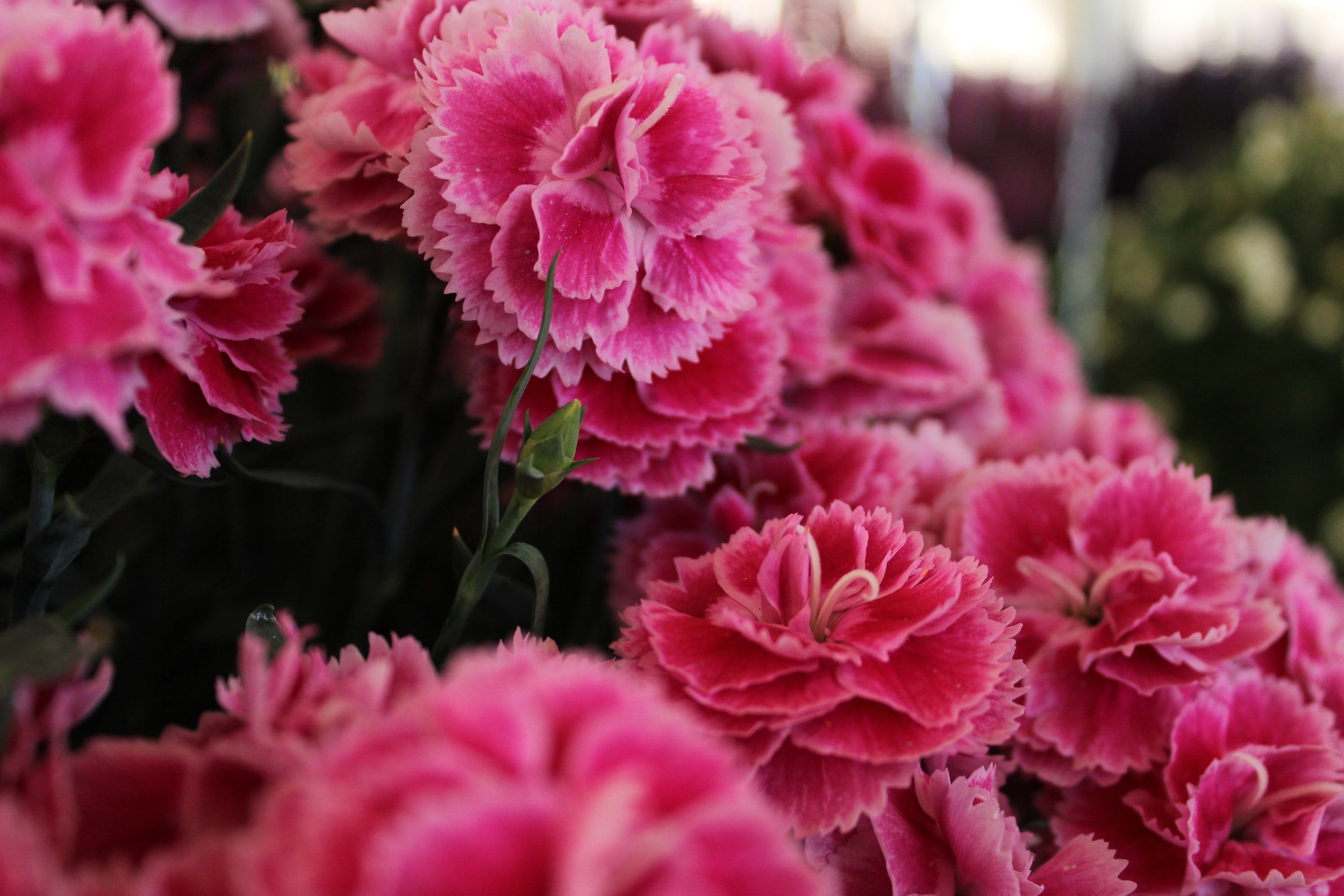
Darling Dianthus
Although the weather is blustery now, it is not too early to begin planning for spring gardening. In fact, it might be just the ticket to rid you of the winter blues. If your landscape has a slope in need of carpeting, a rock garden in need of some color, or a border or path in need of edging, consider growing dianthus as a charming and fragrant addition.

Extending the Garden Season
Does it seem like the garden season has flown by this year? There are several structures that extend the season, both by allowing plants to be grown earlier in the spring and later in the fall. Although primarily used for vegetables, flowers and other ornamental have been known to make an appearance as well.

Fall Lawn Care
There is a tendency, when fall approaches, to be tired of mowing the lawn and just neglect any further turf care. However, according to Doug Soldat, UW Turf Specialist, fall is actually the perfect time to give some extra attention to the area and, as a consequence, be in great shape for next season.

Spring Blooms Mean Fall Planting
Fall is steadily creeping up. Pumpkins ripen, harvest preservation begins, geese arrive in steady numbers, and trees start to show peeks of color. Cool fall mornings radiate with beauty and peacefulness. But as one looks ahead to spring and anticipates those fresh, vibrant bits of green growth poking through the soil, the planning must begin now. Spring blooming flower bulbs must be planted in the fall.

Giant Joe Pye Weed
If you are looking for a stately, eye-catching, late-summer to fall blooming plant for the back of your flower gardens, look no further than Joe Pye Weed. Do not be deterred by the name, for this pollinator-magnet is no weed.

Growing Glorious Garlic
Garlic (Allium sativum) is a close relative to chives and onions. California is the garlic capitol of the United States, but Wisconsin home gardeners can easily grow their own and will find that it is a superior product of anything purchased. However, garlic requires a cold period to produce a large clove, and therefore must be planted it in the fall. Although garlic is a perennial, in our southern Wisconsin climate it is grown as an annual.
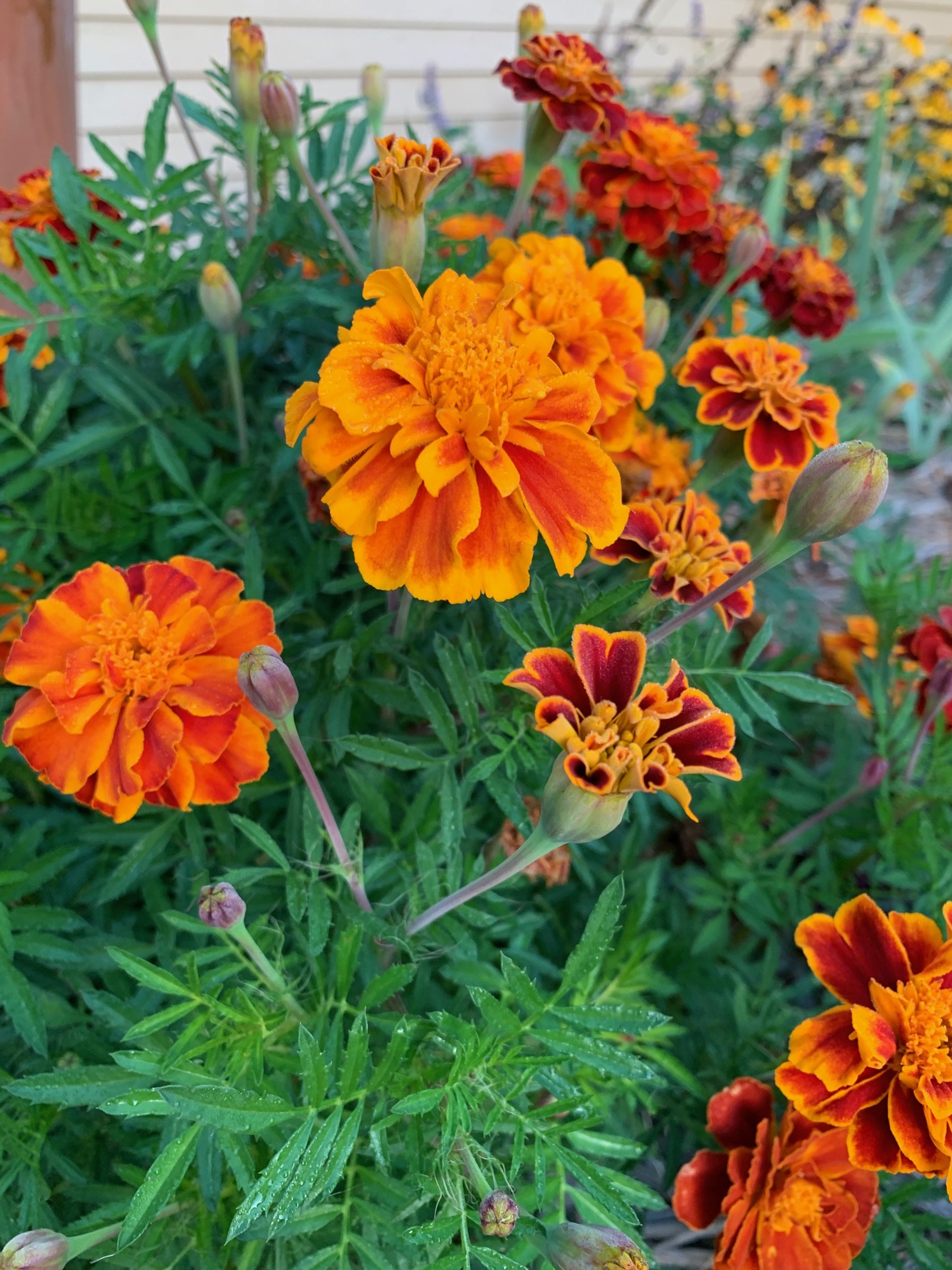
Merry Marigolds
The marigold has long been a cornerstone of the flowerbed. A dependable annual, easy to grow with beautiful blooms and reliable all summer with few insect or disease problems, they make every landscape more beautiful.

Spittlebugs
Have you seen frothy white spit-like masses on your plants this spring? The aptly named spittlebug makes these deposits after creating a spittle-like secretion by combining air with excess fluid secretions from the sap they consume. Notably, however, it isn’t really spittle—it comes out the other end of the body.

Chipmunk and Ground Squirrel Control
The growing season is in full swing, everything is planted, things are sprouting, and all is well. Then, those cute, furry chipmunks or ground squirrels show up and things take a turn. While chipmunks can be very entertaining with their antics, they can also wreak havoc for a gardener with their thieving ways and unappreciated burrows.
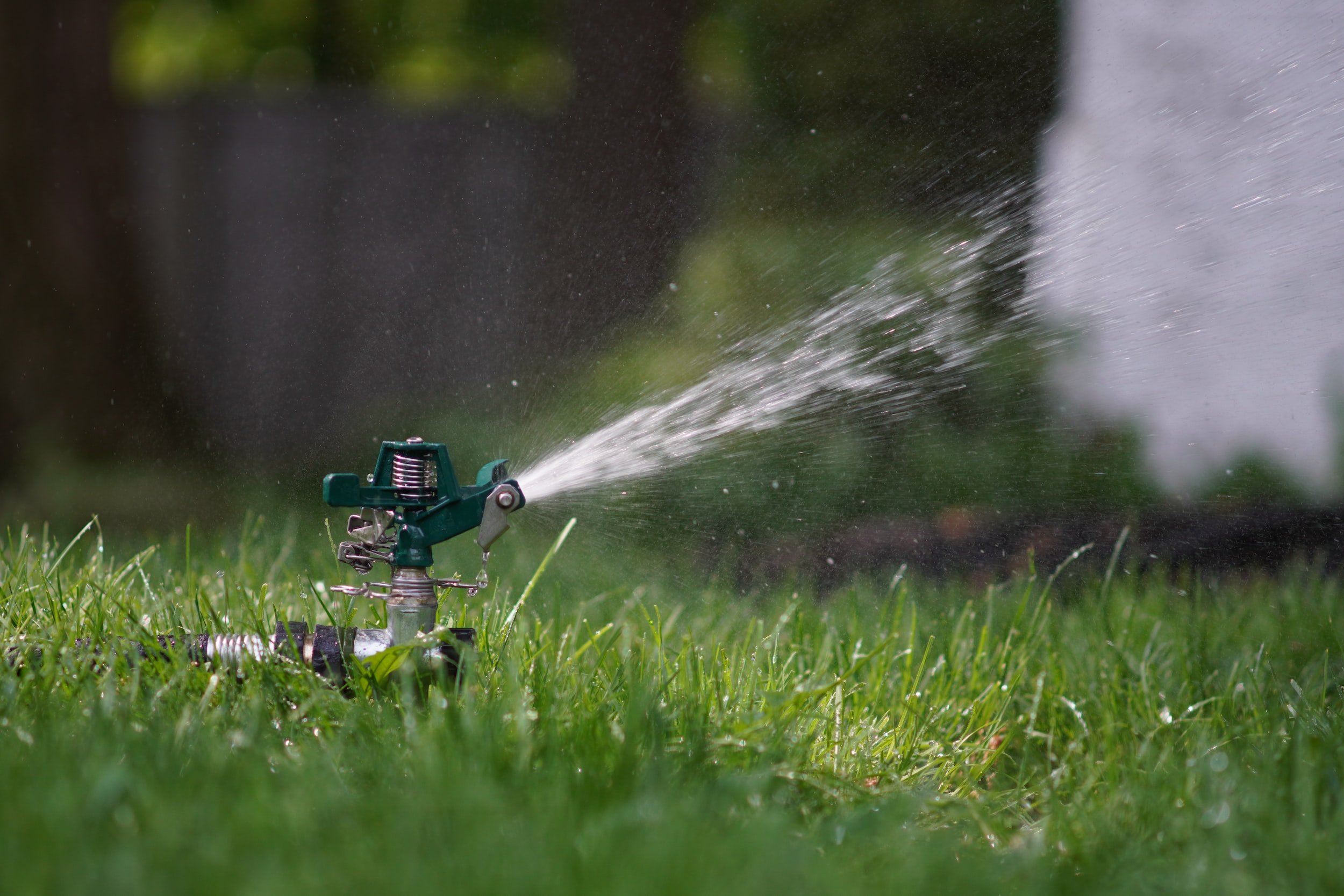
Lawn Care
Most lawns are an important part of a homeowner’s landscape. A beautiful lawn can add value to the home as well as keep neighbors happy. Now that the lawn care season is beginning, it is time to put some consideration into how to approach it thoughtfully. Last year Dodge County encountered some drier than normal conditions which may affect how lawns respond to the spring renewal.
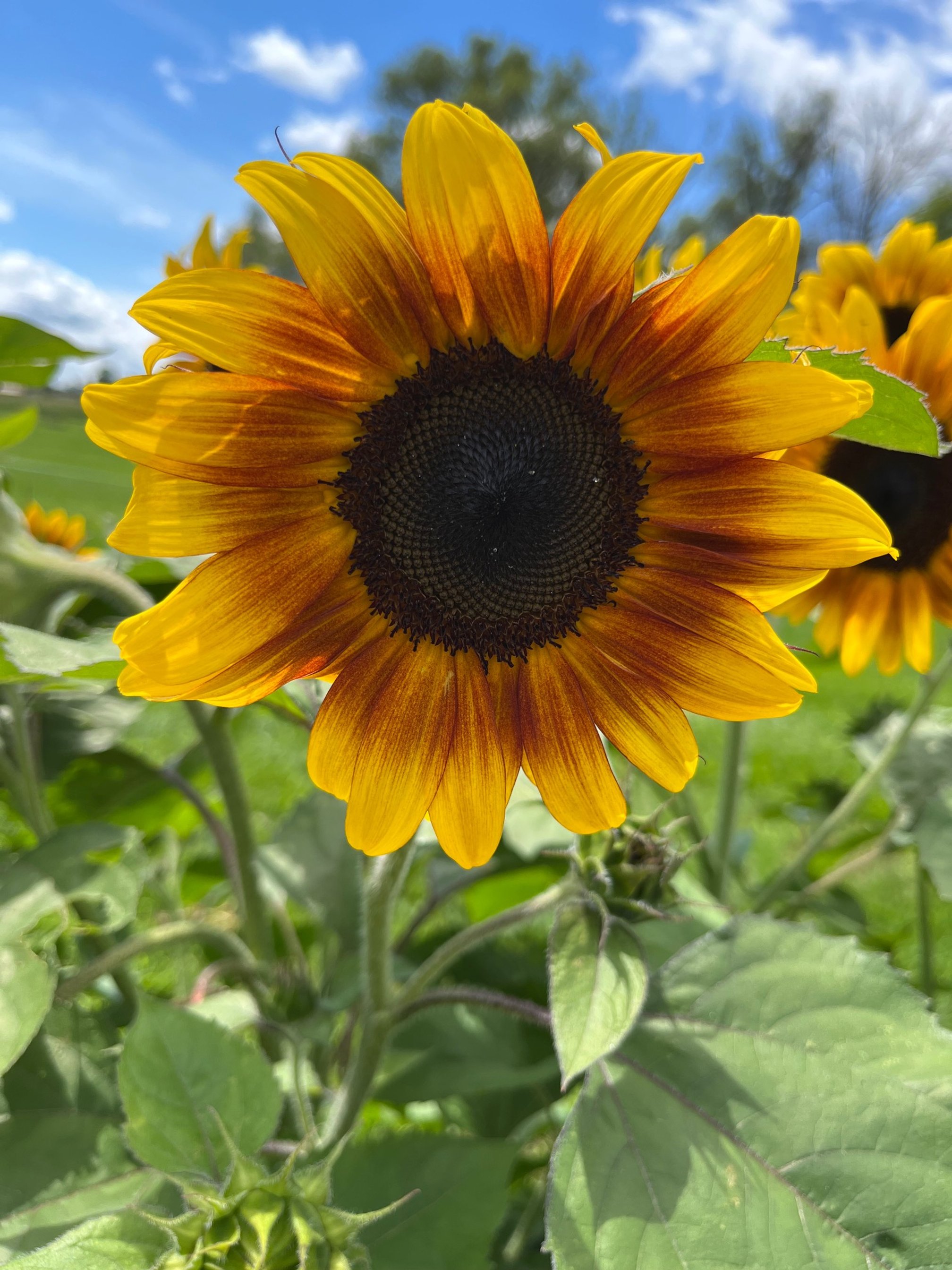
Sunflowers
Sunflowers are an easy-to-grow, fun, native plant that make a wonderful addition to any garden. No longer just the standard, tall yellow flower, they come in a wide range of colors from pale yellow to deep red and are available in dwarf, branching, and giant sizes.

Spring Prune Up
Early spring is a great time to get the gardening season under way. March is the ideal time to prune woody ornamentals. The branches are still bare, revealing the structure of the plant and making any necessary shaping a snap. Additionally, insects and diseases that might attack an open wound are not active, making it easier for the plant to recover.

Peperomia: an easy growing houseplant
In 1920, James H. Burdett launched the National Gardening Bureau when he saw a need to provide basic gardening instruction to suburbanites. From this inauspicious beginning, the organization has grown for over 100 years. Each year the Bureau selects one annual, one perennial, one bulb crop, one edible, and one shrub as a “Year of the” crops. Plants are chosen because they are popular, easy-to-grow, widely adaptable, genetically diverse, and versatile.

Turtlehead: A Snappy Addition to Your Garden
Now that we moving past fall and into winter, do you look back and realize that your fall landscape was missing some color? If you want more than just mums and asters to brighten your fall days, consider Turtlehead (Chelone) as a spectacular addition.